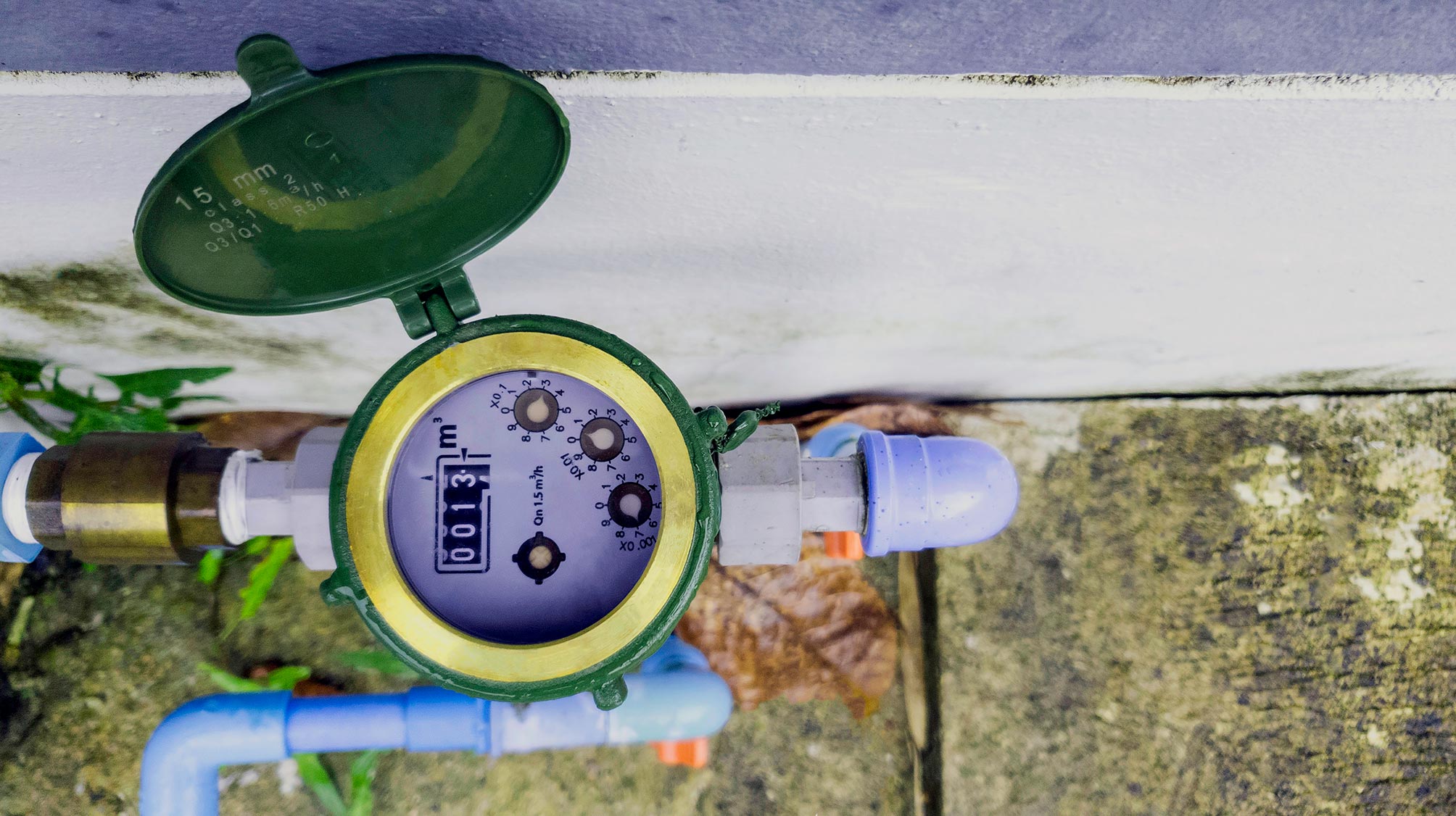We've uncovered the article on Is backflow testing necessary? below on the internet and believe it made good sense to share it with you here.

Yes, you require to backflow examination your home's water system to make sure that the water is free of contaminants as well as unsafe degrees of chemicals. You should not attempt to perform backflow testing on your own because of the tools called for as well as room for mistake. We advise that you call a professional plumber every couple of years to check your water.
What is Heartburn?
In other words, backflow is when water moves upwards-- the contrary direction in the plumbing system. This is also referred to as "backpressure." When the water moves in this instructions, it can mix with harmful contaminants and posture a danger.
What Causes Backflow?
A typical reason of backflow is a loss of water stress that creates the water to siphon back right into the water supply. After some time, there is a loss in water stress and the tube starts to suck the water back into the water supply. As you can think of, there are currently chemicals from the paint that are entering the water supply, possibly presenting a risk.
Backflow Screening is Called For by Law in Particular Cities
Depending on where you live, you may in fact be called for by law to backflow test your law. As an example, Iowa City keeps a document of all properties offered by the city's supply of water. The city requires that certain "high-hazard" facilities undertake heartburn screening. Sometimes, residential properties such as residences and apartment are impacted.
You Can Avoid Backflow
If you have a specialist plumber mount a backflow gadget, hazardous heartburn is quickly avoidable. If there is an active hazard, the plumber will also evaluate for heartburn and also identify. The primary purpose of a heartburn tool is to avoid water from streaming backward into your water system. Plumbing professionals set up the tool on the pipes in your home to ensure that the water only moves in the right direction.
Backflow Can Effect Both You as well as Your City
Lots of cities develop heartburn guidelines because harmful backflow can impact the general public supply of water in addition to a solitary structure. Fortunately, modern-day cities have backflow tools in place that protect the water that comes from the majority of homes and business buildings. The real risk originates from watering systems, which can harm the water system with toxic fertilizers, manure, and also other chemicals.
Call a Plumber to Examine for Backflow Prior To It is Far too late
A plumbing company can quickly test your house's water to figure out if there are any kind of harmful chemical degrees. As well as if you do find that your water has high levels of toxins, a plumber can conveniently mount a backflow avoidance gadget.
Yes, you need to backflow test your home's water supply to make certain that the water is cost-free of contaminants and unsafe degrees of chemicals. A regular reason of heartburn is a loss of water stress that causes the water to siphon back into the water supply. After some time, there is a loss in water pressure and the pipe begins to draw the water back into the water supply. The main function of a heartburn tool is to prevent water from moving in reverse right into your water supply. Several cities develop heartburn standards because harmful backflow can impact the public water supply in addition to a solitary structure.
WHY DOES BACKFLOW TESTING NEED TO BE DONE EVERY YEAR
What Is Backflow?
Toxic gas backing up into a building is one example of potential backflow issues, but backflow can occur in many other ways.
Backflow is generally referred to as the reversal of a liquid or gas in a plumbing system.
Most issues for the public occur with backflow resulting in contaminated drinking water. If you look up backflow issues online you’ll probably find references to “potable” water. That means drinking water.
There have been backflow issues in the past with drinking water. Chemicals, sewage and other contaminants have found their way into drinking water causing health issues for those that count on the fresh water.
What Causes Backflow?
In a residence or commercial building water generally flows one way. This normal flow is usually driven by consistent pressure in the water and waste system.
Anything that changes the normal pressure in the system can lead to backflow.
Fire hydrant use or malfunction can reverse the normal pressure in the system on a city line, but backflow can occur in a number of different ways.
Sometimes backpressure might be caused by someone using a garden hose and submerging the end of the hose in a pool of liquid. If pressure is lost the flow could reverse and contaminants could be released into the drinking water.
Anytime there is a connection between contaminants and the drinking water there is potential for a backflow issue. Sometimes these connections are not immediately obvious like the garden hose connecting to a building’s drinking water supply.
Backflow Regulations
The Environmental Protection Agency (EPA) provides guidelines and regulations for state and local governments regarding backflow. State and local governments also have their own guidelines and regulations for backflow prevention.
Arizona has its own backflow regulations.
Due to issues with backflow in the past, regulations require backflow preventer devices to be used in nearly all residential and commercial buildings.
A backflow preventer is a device that prevents backflow as cross-connection points where potential backflow issues may occur.
While backflow is not a common occurrence, preventers are in place to make sure there is no contamination should something malfunction or go wrong with a building’s water supply.

Do you like reading up on Commercial Backflow Testing? Make a comment down below. We'd be interested to listen to your thinking about this entry. We hope to see you back again in the future. Liked our post? Please share it. Let other people check it out. Thanks for taking the time to read it.
Prompt service? Call here.